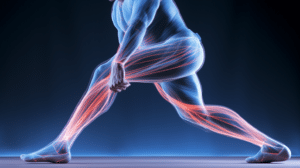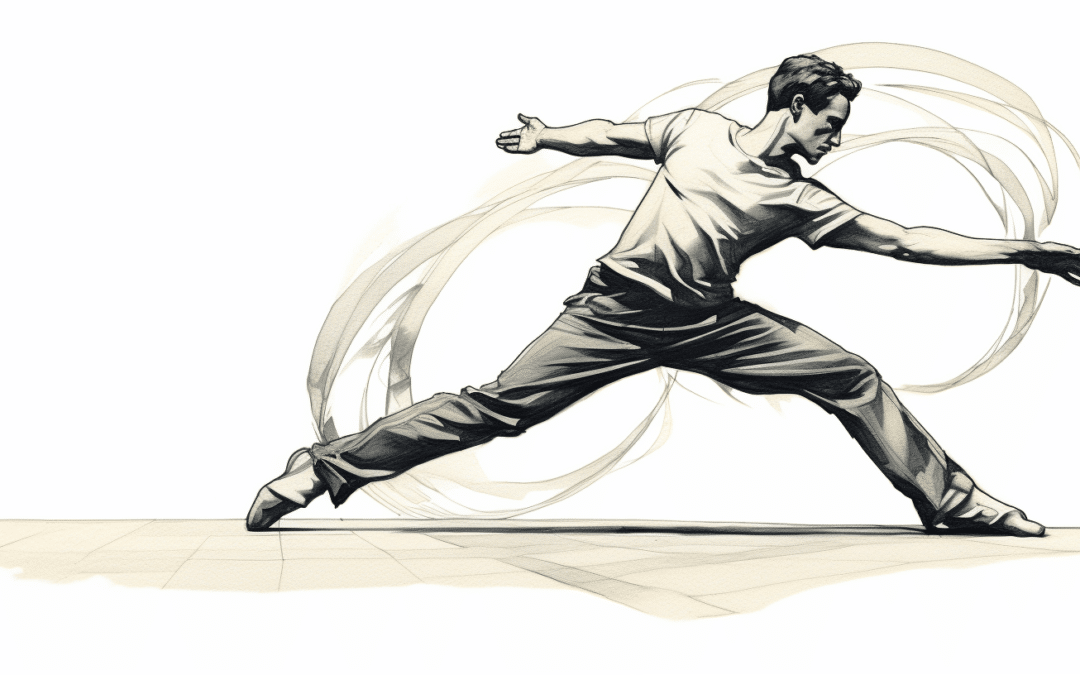Stretching has been regarded as a cornerstone of physical fitness and wellness for centuries. Active Isolated Stretching is a stretching technique that has the potential to revolutionize how individuals approach flexibility and injury prevention. By combining an intimate knowledge of human anatomy with a practical methodology, this technique has become one of the most efficient ways to improve flexibility and prevent injuries. This article will explore the many benefits of active isolated stretching, its practice, common misconceptions, and its power to improve flexibility and prevent injuries.
Key Takeaways
- Active Isolated Stretching enhances joint range of motion and lengthens muscles, improving mobility.
- Regular practice of AIS stretches improves flexibility and reduces the risk of injuries.
- Strengthened connective tissues and improved postural alignment reduce the risk of injury.
- Enhanced neuromuscular control and muscle coordination reduce the chance of accidental strain or damage.
Benefits of Active Isolated Stretching
 Active Isolated Stretching has been demonstrated to provide a range of benefits for individuals looking to improve their flexibility and reduce the possibility of injury. It can help increase muscle elasticity, joint mobility, and core stability while decreasing muscle fatigue and susceptibility to strain or injury. Additionally, it can help athletes maintain peak performance levels by maximizing range of motion through dynamic stretching techniques. This helps increase strength and improve balance and coordination during physical activities such as running or jumping.
Active Isolated Stretching has been demonstrated to provide a range of benefits for individuals looking to improve their flexibility and reduce the possibility of injury. It can help increase muscle elasticity, joint mobility, and core stability while decreasing muscle fatigue and susceptibility to strain or injury. Additionally, it can help athletes maintain peak performance levels by maximizing range of motion through dynamic stretching techniques. This helps increase strength and improve balance and coordination during physical activities such as running or jumping.
Furthermore, Active Isolated Stretching is an effective method for relaxing contracted muscles, which can help alleviate chronic pain associated with tightness in the body. By establishing a regular stretching routine with Active Isolated Stretching exercises, individuals can improve their overall musculoskeletal health and reduce their risk of future injuries.
What Is Active Isolated Stretching?
Utilizing specific muscle contractions and releases, Active Isolated Stretching is a form of stretching that focuses on the targeted muscles. It is a technique used to increase the range of motion for joints, reduce pain, improve posture, and increase overall flexibility. This stretching method emphasizes short-duration stretches held for two seconds or less. Unlike static stretching techniques involving long holds, this method allows the muscle to be activated in the elongated position before releasing it. It also encourages repetitively engaging and relaxing the target muscles multiple times during each stretch session.
This stretching method emphasizes short-duration stretches held for two seconds or less. Unlike static stretching techniques involving long holds, this method allows the muscle to be activated in the elongated position before releasing it. It also encourages repetitively engaging and relaxing the target muscles multiple times during each stretch session.
The active isolated stretching technique focuses on isolating a single muscle or group of muscles at once instead of attempting to test several areas simultaneously. This makes it easier for practitioners to identify problem areas in their tissues and address them accordingly. Achieving maximum results with active isolated stretching requires patience, dedication, and understanding of how muscular activation works to execute each stretch correctly. With regular practice over time, those who use this method can gain an increased range of motion without risking injury or compromising other aspects of fitness, such as strength or power output.
How to Practice Active Isolated Stretching
Practicing Active Isolated Stretching requires consistency and dedication to achieve optimal results. To maximize results, it is essential to follow these steps:
- Execute proper stretching techniques by focusing on muscle activation and relaxation.
- Utilize breathing exercises to reconnect with the body while in motion.
- Practice slow, controlled movements to ensure the muscles are engaged and not overstretched.
- Remain consistent with stretching routines and be mindful when the body needs rest or additional attention.
Being knowledgeable, patient, and detail-oriented will help individuals practice Active Isolated Stretching more efficiently. A supportive community can also provide guidance and motivation during challenging times. Creating a sense of belonging will increase commitment toward increasing flexibility and preventing injuries.
Common Misconceptions About Active Isolated Stretching
Despite its effectiveness, active isolated stretching must be better understood and subject to various misconceptions. Many people believe that due to the quickness of the stretching movements, AIS can be potentially dangerous or cause muscle fatigue if done improperly. However, when practiced correctly with minimal resistance and a slow yet controlled motion, AIS can reduce the risk of injury by helping to lengthen tight tendons and muscles. Additionally, because it does not involve static stretching nor requires extended holds of more than two seconds, AIS helps avoid excessive muscle fatigue while effectively improving flexibility.
Another common misconception about Active Isolated Stretching is that it requires an individual to stretch beyond their range of motion until they feel discomfort or pain. This is untrue, as trying should never be to the point of pain; instead, it should always end before any sensations of discomfort. Furthermore, beginners should start slowly to become familiarized with the process and then gradually increase intensity as they become more comfortable with the movements.
Active Isolated Stretching has many benefits from practicing proper form without pushing too hard too quickly; however, these benefits can only be experienced when done correctly. As long as practitioners understand how AIS works and use caution during each session, there is no need for concern regarding potential dangers or muscle fatigue.
How Active Isolated Stretching Can Improve Flexibility
AIS has been demonstrated to be an effective way of enhancing joint range of motion. The stretching method focuses on lengthening the muscles, improving mobility, and increasing capacity. This method is based on cycles, or repetitions, held for two seconds and repeated ten times for each muscle group. An important aspect of AIS is that it works with the body’s natural movement patterns to prevent injury and improve flexibility.
The main benefit of AIS is that it can help improve flexibility by working with the body’s natural movements and increasing range, making everyday activities easier. Additionally, this stretching technique helps decrease the risk of injury while relieving stress. Moreover, AIS enhances performance levels, allowing athletes to perform at their highest potential without putting too much strain on their bodies. All these benefits make active isolated stretching an excellent option for anyone looking to stay fit and flexible while avoiding injuries.
How Active Isolated Stretching Can Help Prevent Injuries
By employing a technique that works with the body’s natural movement patterns, it is possible to reduce the risk of injury. Active Isolated Stretching (AIS) is a stretching method that utilizes short strokes over a specific range of motion while maintaining constant tension on the muscle. This can help protect against injury by:
- Increasing flexibility and muscle balance: AIS helps increase flexibility in muscles and tendons, allowing them to better absorb shock from physical activities. It also promotes balanced muscle development, reducing muscular imbalances, which can lead to injury.
- Strengthening connective tissues: Through repeated contraction and relaxation of targeted muscles during AIS stretches, connective tissue such as ligaments and tendons become more robust and flexible. This increased strength may prevent strain or tears when doing strenuous activities.
- Restructuring postural alignment: By focusing on areas prone to poor posture or incorrect alignment due to repetitive movements or bad habits, AIS can help realign the body into its proper position for optimum performance and reduce the risk of injury.
- Improving neuromuscular control: The repetition of AIS exercises can strengthen the coordination between muscles and nerves, increasing reaction time when engaging in physical activity; this reduces the chance of accidental strain or damage occurring due to delayed reactions or missteps.
Overall, through regular AIS stretches, individuals can improve their flexibility and reduce their risk for injuries caused by poor posture or muscular imbalance.
Frequently Asked Questions
Is Active Isolated Stretching Suitable for People of All Ages?
Active isolated stretching is suitable for people of all ages. It has the potential to help reduce muscle fatigue in elderly individuals while also helping to improve flexibility and prevent injuries. This type of stretching can be beneficial for those who wish to maintain an active lifestyle, as it helps gently increase flexibility over time. Furthermore, this type of stretching promotes good posture and proper form when exercising, which can further help to decrease the risk of injuries due to overexertion or improper technique. Overall, it is an effective tool for promoting health and wellness at any age.
What Type of Equipment Is Needed for Active Isolated Stretching?
When it comes to active isolated stretching, the tools of the trade are minimal. All one needs is a simple mat and some comfortable clothing, and they can reap the rewards of this beneficial practice. Knowing how to use these items effectively can make all the difference in achieving desired results. The benefits of having a mat include avoiding slipping during stretches and providing cushioning for joints when doing floor exercises. Wearing loose-fitting clothes allows freedom of movement while stretching without inhibiting the range of motion. With just these two pieces of equipment, anyone can experience increased flexibility and decreased risk of injury from engaged stretching sessions.
How Often Should One Practice Active Isolated Stretching?
Active isolated stretching can provide many health benefits and should be done regularly. The frequency of the practice depends on the individual’s goals and current level of flexibility. Generally, it is recommended that individuals practice active isolated stretching two to three times per week for approximately 10 minutes each session. This will help to gradually improve flexibility over time and prevent injury by keeping muscles healthy and supple. I want to tell you that consistency is critical to achieving the best results when practicing active isolated stretching.
Are There Any Potential Risks Associated With Active Isolated Stretching?
“As with any physical activity, there are potential risks associated with active isolated stretching. To begin, the long-term effects of active isolated stretching can cause micro-tears in the muscle, leading to soreness and inflammation. Furthermore, if one needs to practice the active isolated stretching technique properly- using only light pressure for a short period – they may not experience injury prevention benefits. It is important to understand how to practice this technique to avoid potential pitfalls safely.”
Is It Necessary to Have a Certified Instructor for Active Isolated Stretching?
When it comes to active isolated stretching, having a certified instructor can be beneficial. Certification requirements and instructor qualifications are essential considerations for a successful stretching experience. Depending on the individual’s goals, having a knowledgeable, patient, and detail-oriented instructor can help ensure proper technique is used and risks are minimized. While having a certified instructor is not always necessary, they may provide valuable guidance regarding form and safety when performing active isolated stretches. Therefore, considering certification requirements and instructor qualifications may be beneficial when deciding whether to practice dynamic isolated stretching with or without an instructor.
Conclusion
Active Isolated Stretching is a technique that focuses on improving flexibility by isolating and stretching individual muscles. This is done by slowly stretching the muscle to its starting position, holding it for a few seconds, then releasing and repeating the movement. This type of testing increases the range of motion, improves blood flow and circulation, and reduces tight muscles and chronic pain. Active Isolated Stretching can also reduce the risk of muscle strain by allowing the body to perform the stretches in a dynamic and controlled manner.
There are two types of stretching: static stretching and dynamic stretching. Static stretching involves holding the stretch for longer, while dynamic stretching uses active streaming and movement to increase the range of motion. Active Isolated Stretching combines both types of extension, improves flexibility, and reduces the risk of injury. It is important to note that Active Isolated Stretching should be performed correctly and consistently to maximize the benefits.
In conclusion, Active Isolated Stretching can increase flexibility, improve blood flow, reduce chronic pain, and reduce the risk of muscle strain. Remembering that this technique should be used with strength training and cardiovascular activities for optimal performance and health is essential. With proper design and consistency, Active Isolated Stretching can significantly improve one’s ability to stay active and healthy. Keywords: blood flow, tight muscles, chronic pain, static stretching, dynamic stretching, risk of muscle strain, static stretch, extension types, active streaming, blood circulation, starting position.

